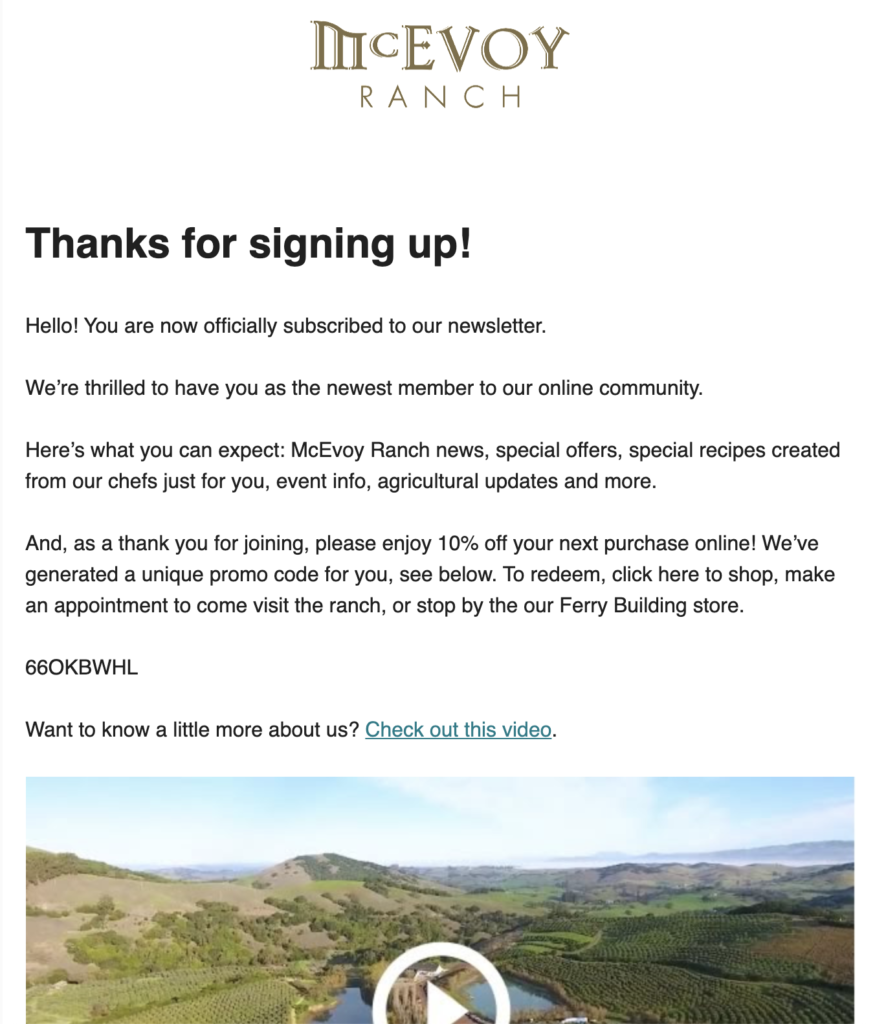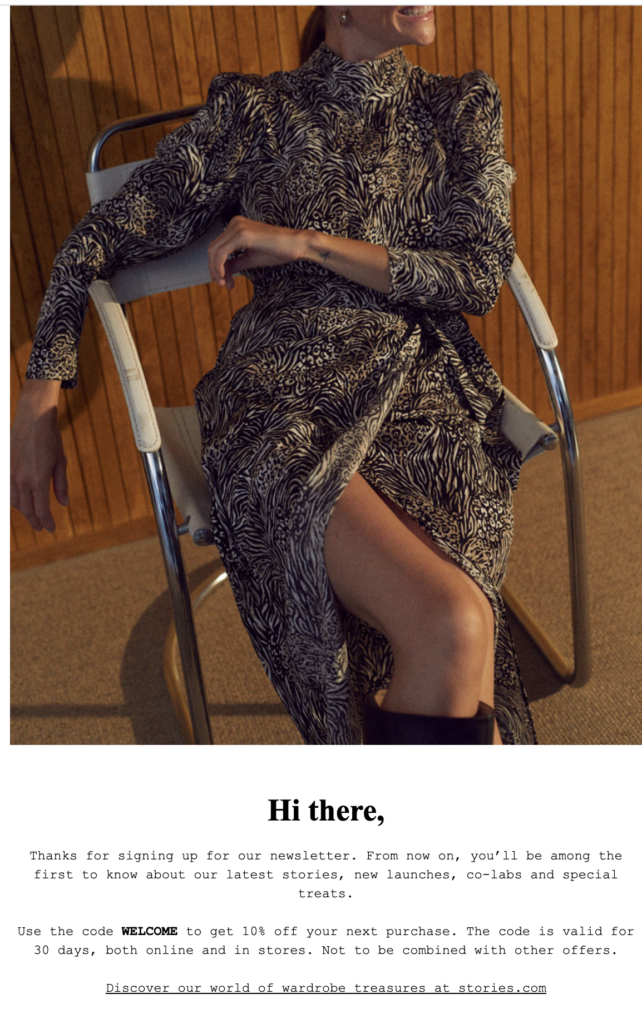- Email Templates
- Newsletter sign-up email templates
Newsletter sign-up email templates
Boost subscriber trust with personalized newsletter sign-up emails. Explore templates for engaging subject lines and content to enhance loyalty. Leverage these strategies to foster long-term brand relationships. Try LiveAgent for free.


When someone subscribes to have your newsletters delivered to their inbox on a regular basis, the recipient is putting a great deal of trust in your company. That new subscriber is making a commitment based on their previous experiences with your brand or business and the content that they have already familiarized themselves with.
You should make the most of the positive sentiment that encouraged a particular user to become your newsletter subscriber. This is just like the need to capitalize on the good feeling that a prospective customer usually has before they make a purchase and become a fully-fledged client. One of the best ways to seize this opportunity is by sending a customer-centric newsletter sign-up email that stands out in crowded inboxes with a welcoming and personalized message while containing added value for the recipient.

You can also add your welcome message to this email just to remain courteous.
What exactly is a newsletter sign-up email?
A newsletter sign-up email is a welcome message that you send to new subscribers. It is the first communication that you will have with a user when they begin the new phase of their relationship with your business, which in this case is agreeing to receive regular content via email. Leveraging email to nurture that relationship is an effective marketing strategy that can build trust in a brand by providing additional information and added value.
Unlike other kinds of welcome messages, a newsletter sign-up email doesn’t have to be the very first impression that you make on a user since they have already engaged with your content before deciding to subscribe. The purpose of these emails is to build up a connection between your business and the recipient of your newsletters, which is more-or-less the same as with any other type of welcome email.

Newsletter sign-up email subject lines
- Hi there, you’re all signed up
- Welcome to the [title] newsletter
- Open up for the [content] that you requested
- Now that you’ve subscribed…
- You’ve successfully subscribed to [newsletter]
- [Company] newsletter subscribers are also interested in…
Newsletter sign-up email templates
Newsletter sign-up email template 1 – welcome from a person
Dear [name],
Thanks for subscribing to the [company] newsletter.
I just wanted to take the time to thank you personally for choosing to receive updates from us. It means a lot to have readers like you on board.
Below are a few extra pieces of advice related to [today’s/this week’s/this month’s] update on [topic] that I think you will find worthwhile:
Tip 1
Tip 2
Tip 3…
Don’t hesitate to reach out to me if you have any questions.
Kind regards,
[Name]
Newsletter sign-up email template 2 – content in exchange for subscribing
Hi [name],
As a token of our appreciation please find the [ebook/whitepaper/other gated content] that you requested attached to this email.
We are confident that you’ll find both the regular newsletter and the additional content useful to solve [pain point] in the field of [topic].
If you want to find out more before the next update, feel free to get in touch.
Best,
The [company] team
[Download attachment(s)]
Newsletter sign-up email template 3 – promoting additional content
Hello [name],
Firstly, I would like to say thank you on behalf of everyone at [company] for subscribing to our newsletter.
We’re sure that you won’t regret it, and that you’ll find the regular updates on [topic] landing in your inbox every [day/week/month] to be very useful.
Secondly, I thought you might be interested to know about some additional content related to the subject that can be found on our website here [link].
From the feedback of our existing subscribers, we have found that the material below, has been helpful to them:
Additional content 1
Additional content 2
Additional content 3…
Please let us know if you’d like to learn about anything else, or just keep an eye out for the next issue of our newsletter.
Best wishes,
[Name], [position] at [company]
Take advantage of our free 30-day trial. No credit card required.
Discover all that LiveAgent has to offer including ticketing, helpdesk, live chat, and call center capabilities.
Frequently Asked Questions
Should all newsletter sign-up emails be personalized?
Businesses can increase their click-through rates by sending emails from a specific person rather than just a generic company email. Moreover, emails that are personalized and address the recipient by name can increase loyalty, trust, and engagement.
What are some benefits of sending newsletter sign-up emails?
Welcome emails can have much greater open rates. As such, welcome emails can be used to generate more revenue than other promotional emails in the long run (by providing valuable content that engages recipients).
What should newsletter sign-up emails contain?
First of all, since welcome emails may be the first communication that a new subscriber receives from a business, they should show gratitude to the recipient in order to create a good first impression. A simple “thank you” can go a long way in building trust and loyalty at the beginning of what will hopefully be a long and happy customer-business relationship. You may also introduce some of your products or services at this point in order to differentiate your subscribers between those who only care about your newsletters and those who would be interested in more types of content and segment your database accordingly. Finally, you may choose to offer additional materials to direct your subscribers towards purchasing your products.
LiveAgent monthly updates: April edition
Discover LiveAgent’s April updates: chat fixes, improved ticket sorting, API enhancements & a new HelpDesk migration plugin. Read more!
You will be
in Good Hands!
Join our community of happy clients and provide excellent customer support with LiveAgent.

Our website uses cookies. By continuing we assume your permission to deploy cookies as detailed in our privacy and cookies policy.

 Български
Български  Čeština
Čeština  Dansk
Dansk  Deutsch
Deutsch  Eesti
Eesti  Español
Español  Français
Français  Ελληνικα
Ελληνικα  Hrvatski
Hrvatski  Italiano
Italiano  Latviešu
Latviešu  Lietuviškai
Lietuviškai  Magyar
Magyar  Nederlands
Nederlands  Norsk bokmål
Norsk bokmål  Polski
Polski  Română
Română  Русский
Русский  Slovenčina
Slovenčina  Slovenščina
Slovenščina  简体中文
简体中文  Tagalog
Tagalog  Tiếng Việt
Tiếng Việt  العربية
العربية  Português
Português 


